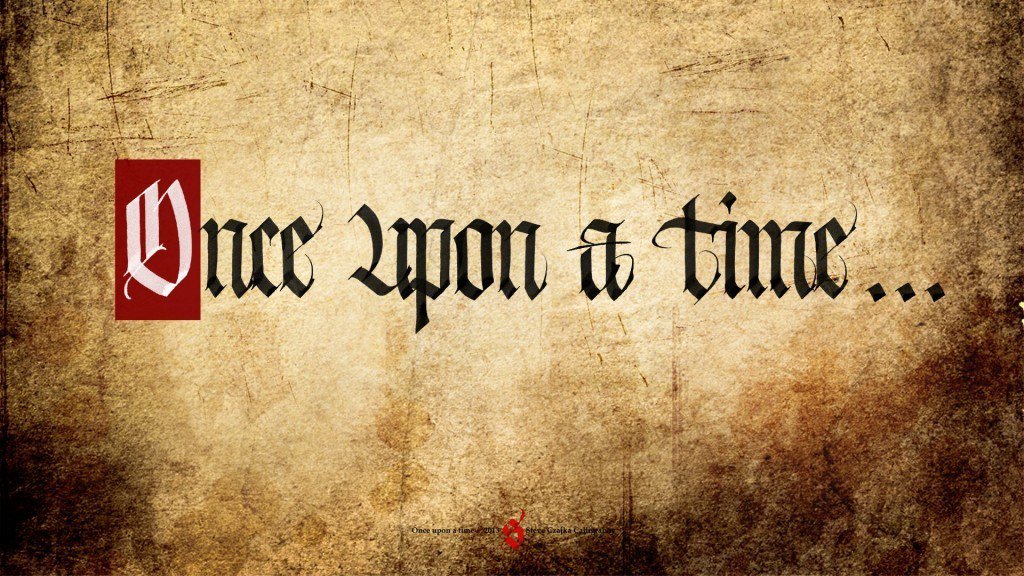“What do you do, then?”
“I’m a writer.”
“Oh, really? What do you write?”
I’m sure every writer has experienced an exchange similar to the above. I wish I had a concise answer to the question. I usually fumble around trying to explain that I enjoy a variety of different formats and mediums, before, invariably, the questioner’s eyes glaze over.
Sometimes I’m more decisive: “I mainly write stories.” This response is usually met with a mixture of curiosity and bewilderment. Occasionally, there’s some amusement in there, too. Recently, I thought about why this might be the case, and concluded that it is because storytelling’s raison d’être isn’t immediately apparent.
Writing marketing copy has a clear, easy-to-explain purpose: to convince, or persuade. An academic article’s purpose may be to inform through logical reasoning. On the surface, storytelling’s purpose is to entertain, but that doesn’t scratch the surface of the power of stories. There may be a tendency, therefore, for it to be regarded as the black sheep of the writing family.
When I read Robert McKee’s statement that ‘Story is metaphor for life’, it immediately intrigued me. However fantastical the worlds are in which stories are set, and however enigmatic and colourful the characters are, stories resonate with us when they comment on life. It makes sense: life is something that we’re all pretty experienced in, in our own unique ways.
There is no need for a story to be rooted in reality, but it must be rooted in life. Take Tolkien’s masterful book The Hobbit for example. On his journey to the Lonely Mountain, Bilbo Baggins has to overcome all manner of fantastical obstacles, and meets a host of magical characters. Its themes, however, are those of overcoming one’s fears to go on an adventure. At first, Bilbo is motivated by greed, and a suppressed desire to see the world outside of The Shire. As he progresses, however, he comes to realise the importance of the friendships he’s developed, and learns that the world needs people to stand up and be counted. In short, by taking a risk in setting out on the escapade, he comes to understand what he’s truly capable of.
The Hobbit is a quintessential hero’s journey. The lessons that Bilbo learns are all valuable life lessons. We, the audience, can relate to Bilbo because we have all experienced a reluctance to leave our comfort zones. We have all taken risks, however small, and learned about ourselves in the process. The Hobbit, like every great story, is a metaphor for life.
“Why do you like writing stories, then?”
I encounter this question less (usually I’ve lost the person’s interest long before this point), but it’s the most important one of all. The short answer is, of course, because I just do. It gives me a great sense of satisfaction to crack a story, or realise a colourful character, and put pen to paper to start the building process.
A more comprehensive answer would be that I’m attracted to storytelling because I acknowledge the power that good stories have to move people. As metaphors for life, stories can make us feel without the requirement to have experienced that which the story’s characters experience. I completely agree with Michael Hague’s assertion that the primary objective of storytelling is to elicit emotion.
It is tempting to champion storytelling because it teaches us about life, but I don’t quite agree with that. Good stories cannot teach us, but they can awaken dormant emotions within the audience. Stories are the puppeteers who pull our strings. They make us feel something and, in the process, throw into focus aspects of our own lives.
That, to me, is simply fascinating. That is the reason why I love writing stories.

An excellent response to a question that I’ve tripped over many times when trying to describe what I do for a living. These blogs are excellent, if you keep making them I’ll keep reading them 🙂
Thanks pal. I really appreciate that 🙂 Same to you – I’ve been really enjoying the resurgence of Breaking Backlog!